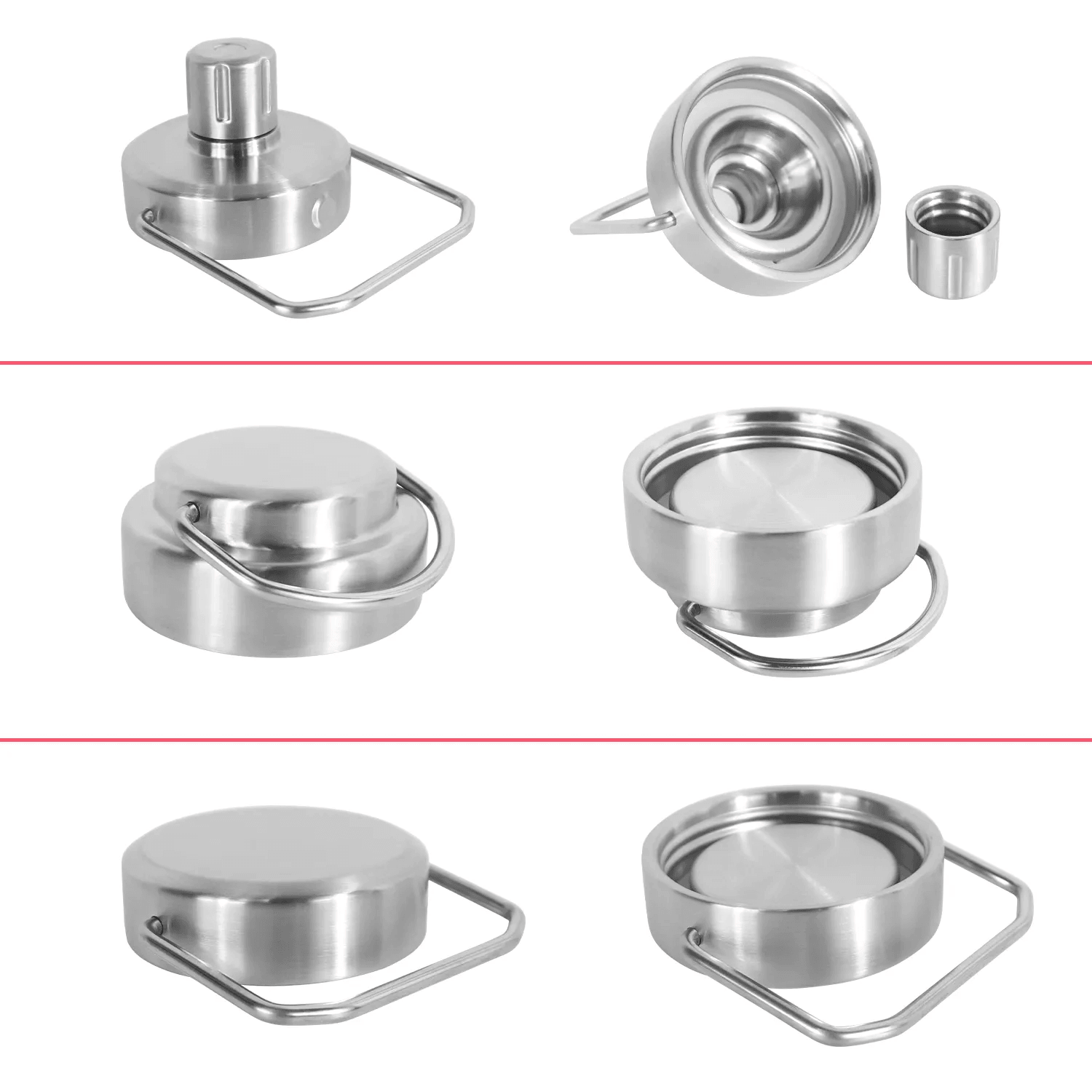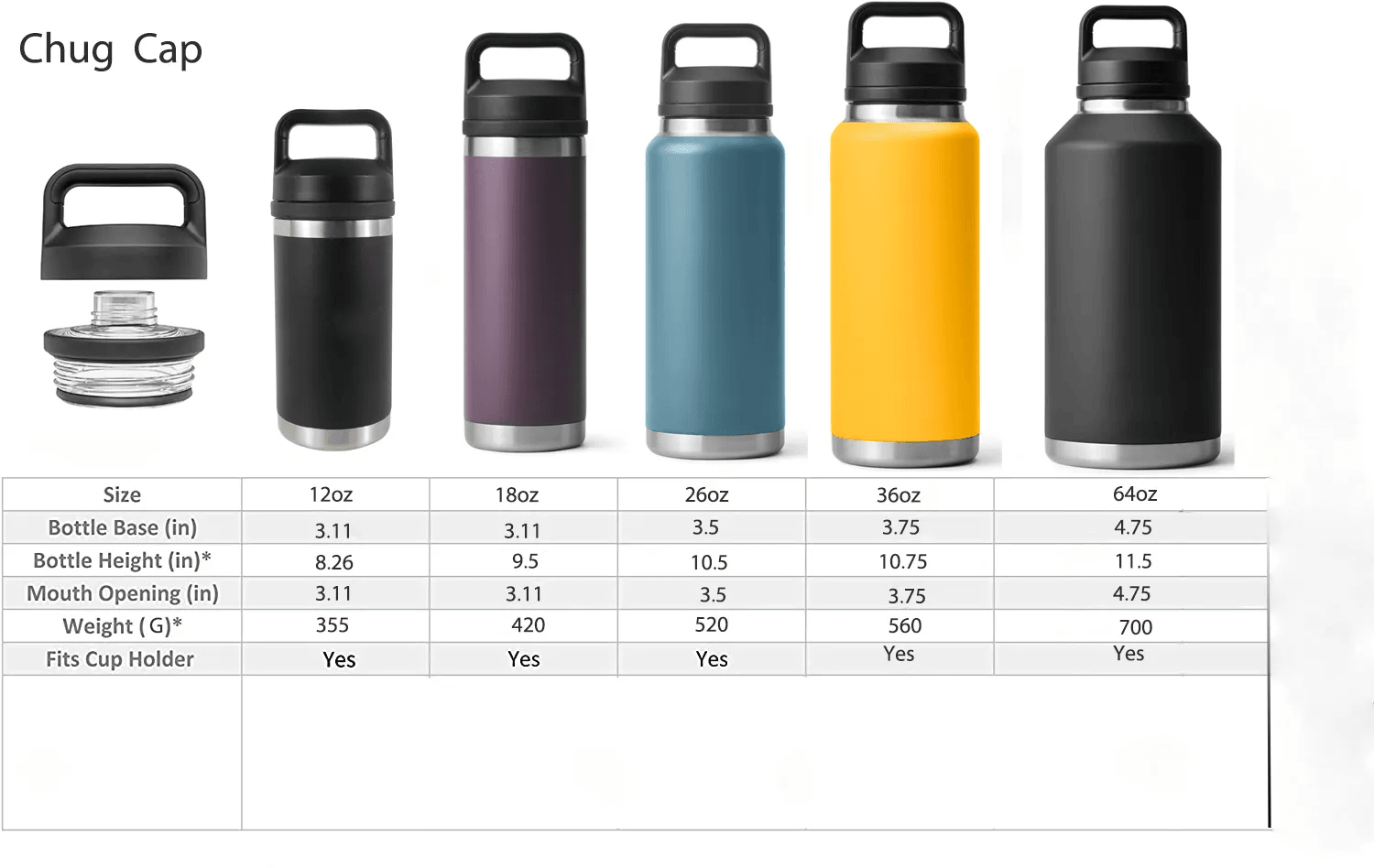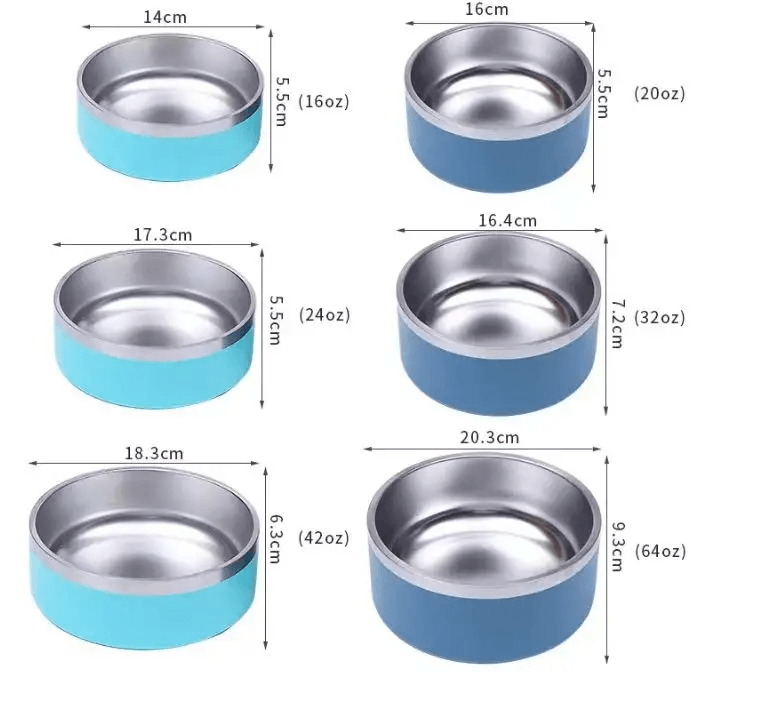Introduction

Stainless steel is a versatile and durable material used in a wide range of applications. Understanding the basics of stainless steel is crucial for choosing the right grade for your project. Exploring the different grades of stainless steel, such as 304 and 316, will help you make an informed decision about which one suits your needs best.
Understanding the Basics of Stainless Steel
Stainless steel is a metal alloy made from iron, chromium, nickel, and other elements to enhance its corrosion resistance and strength. It is known for its shiny appearance and ability to withstand harsh environments without rusting or staining. This makes it an ideal choice for various industries, including construction, food processing, and medical equipment manufacturing.
Exploring the Different Grades of Stainless Steel
There are numerous grades of stainless steel available, but the most commonly used ones are 304, 316, and 420. Each grade has its own unique properties that make it suitable for specific applications. Understanding these differences will help you determine which grade is best suited for your particular project.
Key Differences Between 304 and 316 Stainless Steel
One of the most common debates in the world of stainless steel is whether 304 or 316 is better. Both grades have their own strengths and weaknesses, with 304 being more affordable and easier to machine, while 316 offers superior corrosion resistance and durability in extreme conditions.
The Fundamentals of Stainless Steel

What Makes Stainless Steel Different?
Stainless steel is a unique alloy that contains a minimum of 10.5% chromium, which creates a protective oxide layer that prevents corrosion and rust. This sets it apart from other types of steel, making it ideal for various applications in different industries.
Properties of 304 Stainless Steel
304 stainless steel is the most widely used grade and is known for its excellent corrosion resistance, high-temperature strength, and good mechanical properties. It is non-magnetic and has good formability, making it suitable for a wide range of applications.
Properties of 316 Stainless Steel
316 stainless steel, on the other hand, contains molybdenum, which enhances its corrosion resistance in chloride environments. It also has excellent welding and forming characteristics, making it suitable for marine and chemical processing applications.
By comparing the properties of different grades of stainless steel such as 304 and 316, one can determine the best fit for specific applications based on their unique characteristics.
Comparing Different Grades

When it comes to understanding the different grades of stainless steel, it's essential to consider the strengths and weaknesses of each. 304 stainless steel is known for its excellent corrosion resistance and is commonly used in kitchen equipment and architectural applications. However, it may not hold up as well in environments with high chloride exposure. On the other hand, 316 stainless steel offers superior corrosion resistance, making it ideal for marine and chemical processing equipment. However, it comes at a higher cost compared to 304 stainless steel.
Strengths and Weaknesses of 304 Stainless Steel
One of the main strengths of 304 stainless steel is its versatility and ability to withstand corrosion in most environments. It also has excellent formability and can be easily welded or fabricated into various shapes. However, its weakness lies in its susceptibility to chloride corrosion, making it less suitable for use in coastal or industrial settings where exposure to salt or harsh chemicals is prevalent.
Additionally, 304 stainless steel is known for its high heat resistance, making it a popular choice for applications involving extreme temperatures. This strength allows it to maintain its structural integrity even in environments with fluctuating heat levels, providing durability and reliability in various industrial and commercial settings. However, its weakness in chloride corrosion limits its use in certain outdoor or marine applications where exposure to saltwater or de-icing salts is common.
Strengths and Weaknesses of 316 Stainless Steel
316 stainless steel boasts superior corrosion resistance due to its higher molybdenum content, making it highly resistant to pitting and crevice corrosion in chloride environments like seawater. It also offers excellent strength at elevated temperatures, making it suitable for extreme conditions such as chemical processing plants and pharmaceutical facilities. However, the increased nickel and molybdenum content makes 316 stainless steel more expensive than 304.
While 316 stainless steel offers superior corrosion resistance and strength at elevated temperatures, it does have some drawbacks. One of the main weaknesses of 316 stainless steel is its reduced weldability compared to 304 stainless steel. This can make fabrication more challenging and increase costs for projects that require extensive welding. Additionally, 316 stainless steel may be more prone to stress corrosion cracking in certain environments, which can affect its long-term performance in specific applications.
Which is Better: 304 or 316 Stainless Steel?
The decision between 304 and 316 stainless steel ultimately depends on the specific application requirements. While both grades have their own set of advantages and disadvantages, if cost is not a significant factor and superior corrosion resistance is crucial, then 316 stainless steel may be the better choice. For general-purpose applications where cost-effectiveness is a priority without compromising on quality, 304 stainless steel may be more suitable.
By understanding the strengths and weaknesses of different grades of stainless steel like SS304 vs SS316, you can make an informed decision when selecting the best grade for your specific needs. Whether you prioritize cost-effectiveness or superior corrosion resistance will ultimately determine which grade suits your project best.
Applications and Uses

Common Uses for 304 Stainless Steel
304 stainless steel is commonly used in kitchen equipment, food processing facilities, and appliances due to its resistance to corrosion and ease of cleaning. It is also popular in the construction industry for structural components, fasteners, and piping systems. Additionally, 304 stainless steel is utilized in automotive parts and storage tanks for various liquids.
In addition to these uses, 304 stainless steel is also commonly found in the pharmaceutical industry for the production of medical equipment and storage containers. Its ability to withstand harsh cleaning agents and high temperatures makes it an ideal material for maintaining sanitary conditions. Furthermore, 304 stainless steel is often chosen for architectural applications such as cladding, handrails, and decorative features due to its attractive appearance and durability.
Common Uses for 316 Stainless Steel
316 stainless steel is widely used in marine environments, chemical processing plants, and pharmaceutical equipment due to its superior corrosion resistance. It is also commonly found in the food and beverage industry for equipment that comes into contact with acidic substances or high chloride environments. Additionally, 316 stainless steel is used in medical implants and surgical instruments.
In addition to these industries, 316 stainless steel is also commonly used in the construction of architectural structures and building facades. Its corrosion resistance and attractive finish make it a popular choice for outdoor applications where exposure to the elements is a concern. From bridges and handrails to exterior cladding, 316 stainless steel offers durability and aesthetic appeal in equal measure.
Best Grade of Stainless Steel for Different Applications
The best grade of stainless steel ultimately depends on the specific application and environmental factors. For general-purpose applications where corrosion resistance is important but not critical, 304 stainless steel may be sufficient. However, when dealing with harsher conditions such as exposure to saltwater or chemicals, 316 stainless steel is the better choice due to its higher corrosion resistance.
In addition to 304 and 316 stainless steel, there are other grades such as 430 and 410 that are suitable for specific applications. For instance, 430 stainless steel is often used in decorative trim, appliances, and automotive trim due to its high resistance to corrosion and heat. On the other hand, 410 stainless steel is commonly used in cutlery and kitchen utensils because of its excellent strength and wear resistance. Each grade of stainless steel offers unique properties that make it suitable for different applications, so it's important to consider the specific requirements of the project before selecting a grade.
Understanding the Grade Numbers

Deciphering Stainless Steel Grade Numbers
When it comes to stainless steel, grade numbers play a crucial role in determining the quality and characteristics of the material. Each number represents specific elements and properties that make up the stainless steel alloy, allowing for easy identification and comparison between different grades.
What Do the Numbers in 304 and 316 Mean?
The numbers in 304 and 316 stainless steel represent their composition. For instance, in 304 stainless steel, the 304 stands for its composition of 18% chromium and 8% nickel, while in 316 stainless steel, 316 indicates its higher corrosion resistance due to the addition of molybdenum.
How to Identify Different Grades of Stainless Steel
Identifying different grades of stainless steel can be done through various methods such as checking for grade markings on products, using chemical tests to determine composition, or utilizing handheld analyzers for quick identification in industrial settings.
Remember that understanding grade numbers is essential for choosing the right type of stainless steel for your specific application needs. Whether it's the corrosion resistance of 316 or the cost-effectiveness of 304, being able to decipher these numbers will help you make an informed decision when selecting a grade for your project.
Choosing the Right Grade

When choosing a stainless steel grade, there are several factors to consider. The environment the steel will be used in, the required strength and corrosion resistance, and the budget for the project all play a role in selecting the best grade.
Factors to Consider When Choosing a Stainless Steel Grade
The three main grades of stainless steel are 304, 316, and 420. Each grade has its own unique properties and applications, so it's important to consider what specific qualities you need for your project.
The Best Grade of Stainless Steel for Your Project
The best grade of stainless steel for your project depends on the specific requirements. For general purposes, 304 stainless steel is commonly used due to its good corrosion resistance and ease of fabrication. However, for more demanding environments such as marine or chemical processing, 316 stainless steel is often preferred for its superior corrosion resistance.
Making an Informed Decision: 304 vs 316 Stainless Steel
The debate between 304 and 316 stainless steel is a common one. While both grades offer excellent corrosion resistance and are suitable for many applications, 316 stainless steel has superior resistance to pitting and crevice corrosion in chloride environments. If your project involves exposure to saltwater or harsh chemicals, 316 may be the better choice.
Now that we've explored the factors to consider when choosing a stainless steel grade, it's clear that understanding the differences between these grades is crucial in making an informed decision for your project needs.
Conclusion

Making the Right Choice: Factors to Consider
When choosing between different grades of stainless steel, it's important to consider factors such as corrosion resistance, strength, and cost. 304 stainless steel is great for general use, while 316 stainless steel is better for harsher environments. Think about your specific needs and budget before making a decision. In addition to these factors, it's also crucial to consider the fabrication and welding requirements of each grade. Some grades may be easier to work with than others, so if you have specific fabrication needs, this should definitely be taken into account when making your decision.
Key Takeaways for Understanding Different Grades
Understanding the differences between 304 and 316 stainless steel is crucial. While both are excellent choices, they have distinct properties that make them suitable for different applications. Knowing these key differences will help you make an informed decision when selecting the right grade of stainless steel. For example, 304 stainless steel is more affordable and has good corrosion resistance, making it ideal for indoor applications such as kitchen equipment and utensils. On the other hand, 316 stainless steel has superior corrosion resistance and is often used in marine environments or in applications where exposure to harsh chemicals is a concern.
Selecting the Best Stainless Steel Grade for Your Needs
The best grade of stainless steel ultimately depends on your specific requirements. If you need high corrosion resistance and strength, 316 stainless steel might be the better choice despite its higher cost. On the other hand, if you're looking for a more affordable option with good overall performance, 304 stainless steel could be the way to go.
